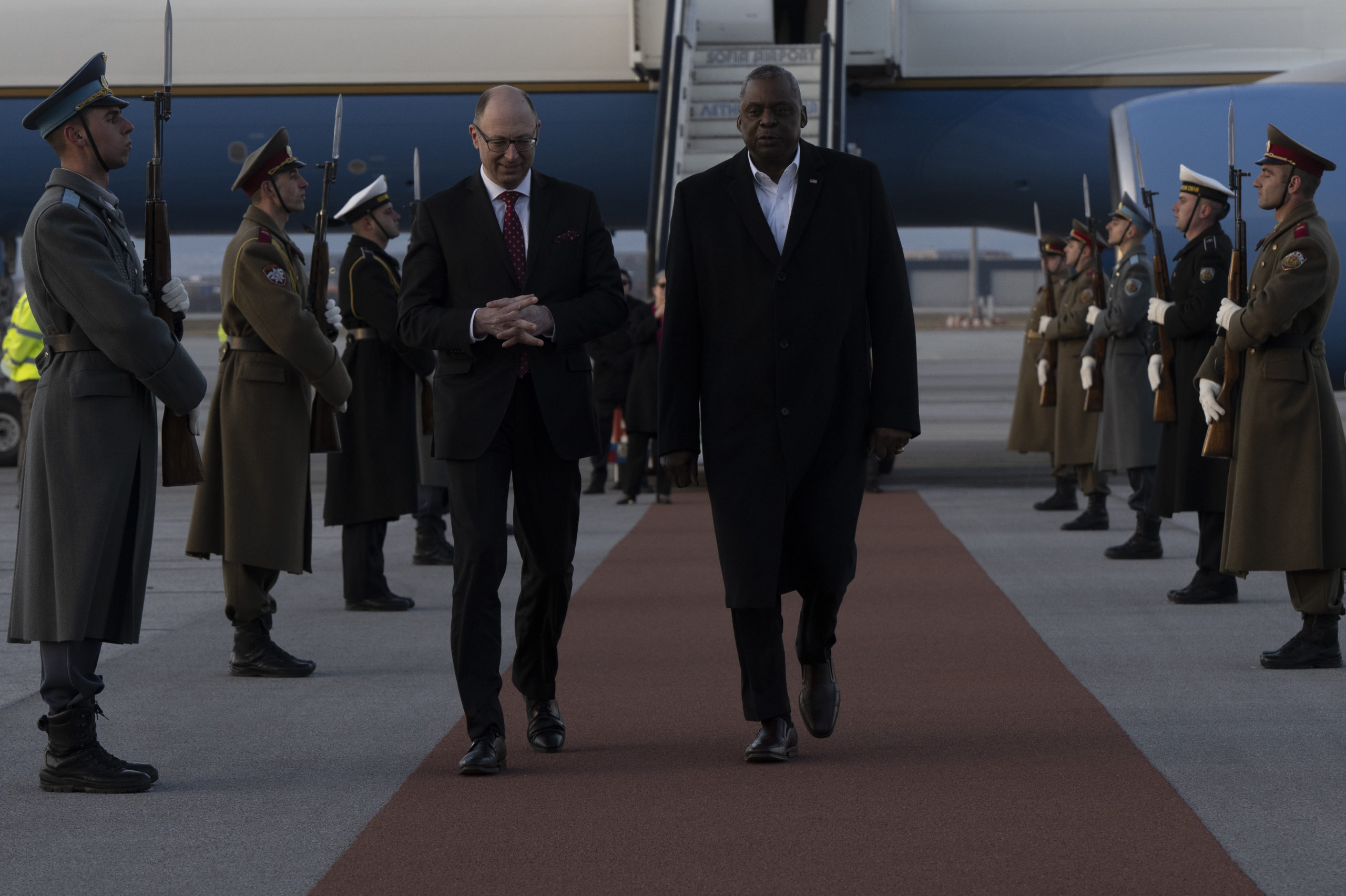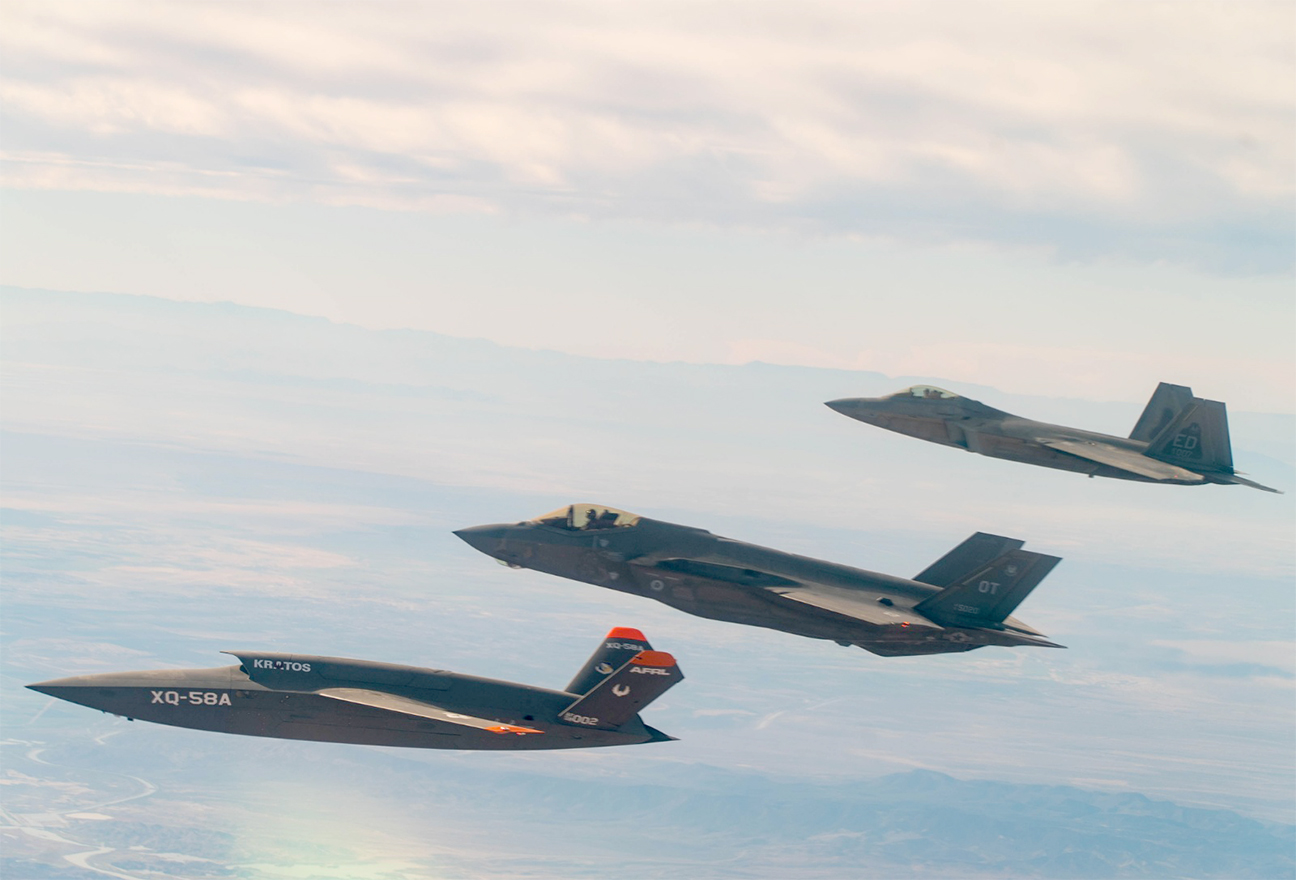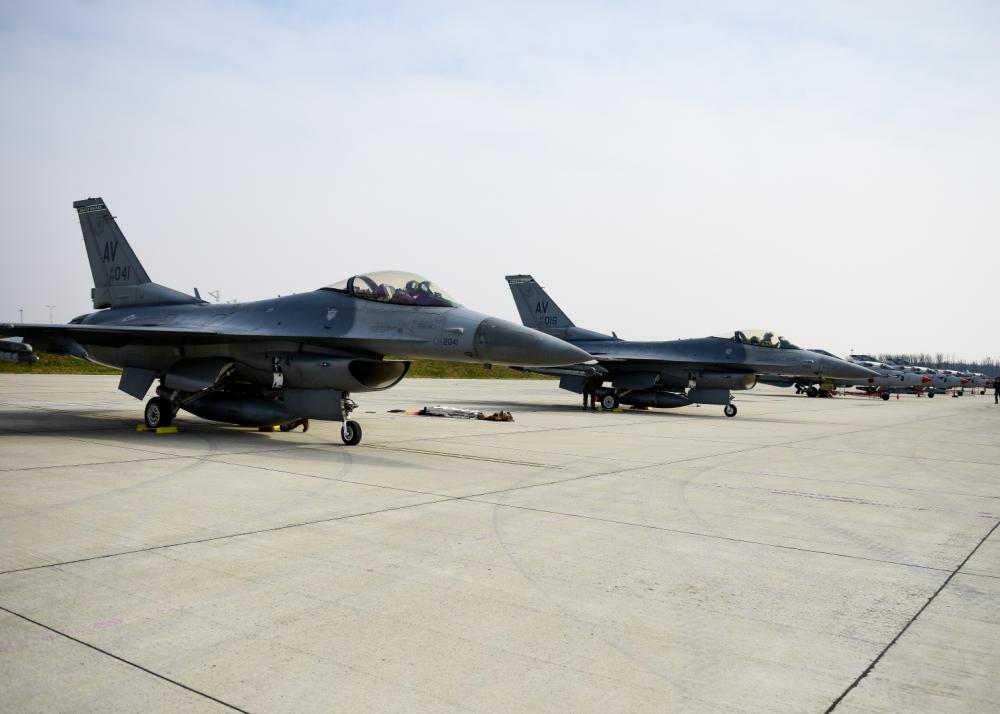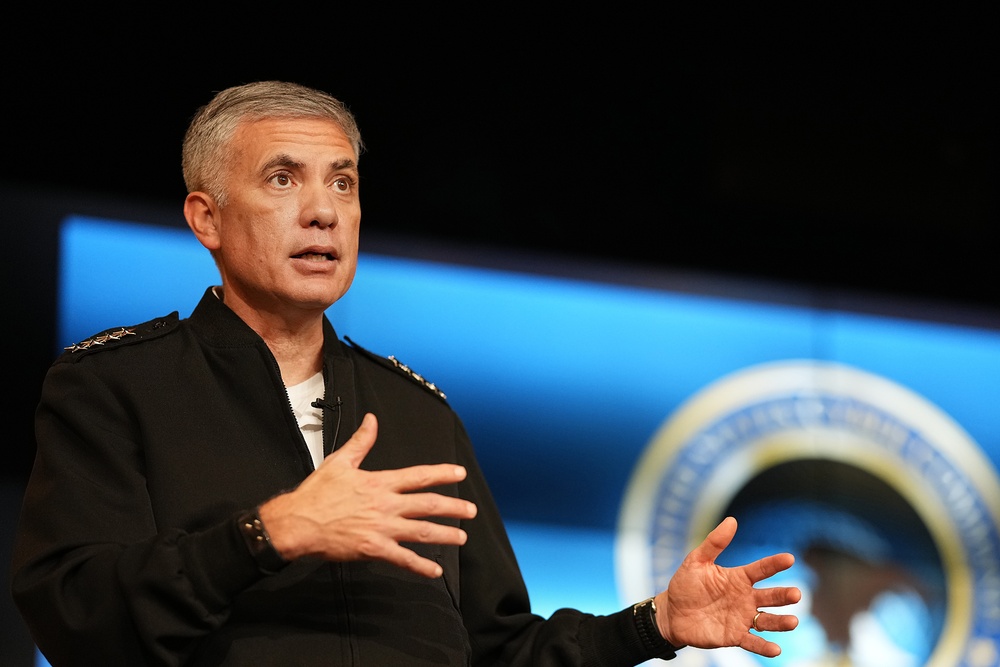Teams from North Carolina to California gathered March 18-20 in Rockville, Md., to compete in the national finals of the Air Force Association’s National Youth Cyber Defense Competition, CyberPatriot XIV.
The culmination of months of training and competition, the finals featured 28 teams competing across three divisions—Open, All Services, and Middle School. The competition began in October 2021 with more than 5,000 teams. The field steadily winnowed down through rounds in which teams were given a set of virtual operating systems and tasked with finding and fixing cybersecurity vulnerabilities while maintaining critical services.
“The competitive and creative spirit of these young people, not to mention their incredible technical acumen, is awe inspiring,” said AFA President and retired Air Force Lt. Gen. Bruce “Orville” Wright. “Cyber warfare is today what air warfare was a century ago—a new kind of combat in a new domain. These kids—champions and finalists alike—are developing the skills our nation will need to protect our way of life from bad actors seeking to infiltrate every sector of American life, from business to government.”
In the end, teams from San Diego completed a clean sweep of the national titles: CyberAegis Flashpoint from Del Norte High School claimed the Open Division championship; Terabyte Falcons from Scripps Ranch High School Air Force JROTC won the All Services Division; and CyberAegis Cobra from Design 39 Campus won the Middle School event.
This marks the third consecutive national championship team from Del Norte High School in the Open division, while Scripps Ranch High School’s Air Force JROTC previously won the All Services division at CyberPatriot XI in 2019.
In the final round, each team served as administrators for a small business, working to “find and fix cybersecurity vulnerabilities, maintain critical services, resolve injects, and defend against hostile Red Team attackers.”
“You may not realize how significant this is today, but one day this will be very significant,” Air Force Chief Information Officer Lauren Barrett Knausenberger told the finalists at the weekend’s award ceremony. “Your hobby and your passion that you have displayed this week—and really, you’ve been at this for a while—it is something that our nation very much needs. Whether you’re going to serve in the military, whether you are going to work for a corporation, we need this in our country.”
Also at the award ceremony, AFA recognized eight competitors who had reached the finals of the competition for four years in a row as CyberPatriot Cyber All-Americans:
- Emily Foreman from U.S. Naval Sea Cadet Corps Sacramento Division
- Kevin Hu from Del Norte High School
- Emily Kelso from U.S. Naval Sea Cadet Corps Sacramento Division
- Darius Kianersi from Thomas Jefferson High School for Science and Technology
- Tristan Lee from Army JROTC from Roosevelt High School
- Darin Mao from Thomas Jefferson High School for Science and Technology
- Tanay Shah from Del Norte High School
- William Smith from U.S. Naval Sea Cadet Corps Sacramento Division
Open Division
- National champion: CyberAegis Flashpoint from Del Norte High School (San Diego, Calif.)
- Runner-up: Half Dome from Franklin High School (Elk Grove, Calif.)
- Third place: TN Patriot | KaliPatriot from Cookeville High School (Cookeville, Tenn.)
All Services Division
- National champion: Terabyte Falcons from Scripps Ranch High School Air Force JROTC (San Diego, Calif.)
- Runner-up: Runtime Terror from Troy High School Navy JROTC (Fullerton, Calif.)
- Third place: The Lockouts from Air Academy Cadet Squadron-CAP (Colorado Springs, Colo.)
Middle School Division
- National champion: CyberAegis Cobra from Design 39 Campus (San Diego, Calif.)
- Runner-up: CyberAegis Scimitar from Oak Valley Middle School (San Diego, Calif.)
- Third place: The Chunk Marios from Lawler Middle School (Frisco, Texas)
AT&T Component Winner
- Half Dome from Franklin High School (Elk Grove, Calif.)
Open Division Cisco Networking Challenge
- 1st Place: CyberAegis Chopstick from Del Norte High School (San Diego, Calif.)
- 2nd Place: Half Dome from Franklin High School (Elk Grove, Calif.)
- 3rd Place: CyberAegis Flashpoint from Del Norte High School (San Diego, Calif.)
All Service Division Cisco Networking Challenge:
- 1st Place: Terabyte Falcons from Scripps Ranch High School Air Force JROTC (San Diego, Calif.)
- 2nd Place: Runtime Terror from Troy High School Navy JROTC (Fullerton, Calif.)
- 3rd Place: The Lockouts from Air Academy Cadet Squadron-CAP (Colorado Springs, Colo.)
Middle School Division Cisco Networking Challenge Winner
- CyberAegis Scimitar from Oak Valley Middle School (San Diego, Calif.)





























